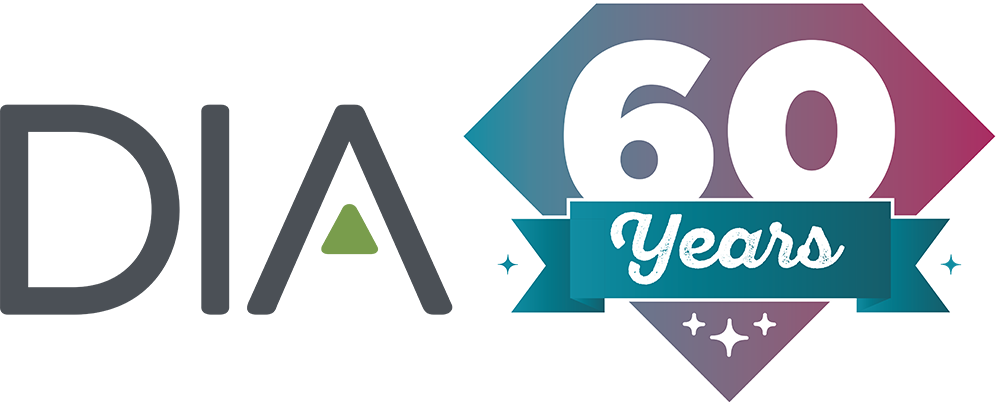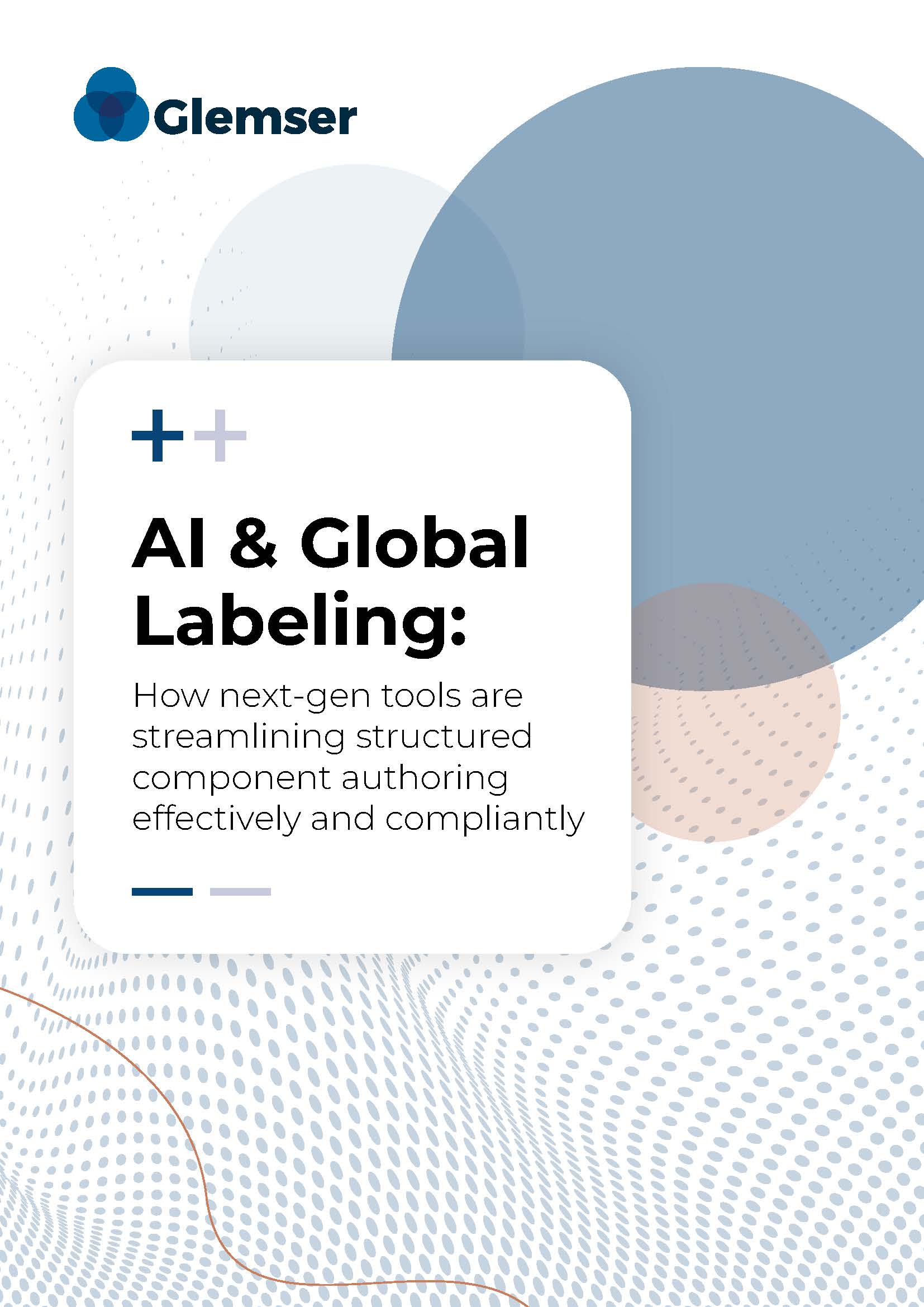
- Feature Articles
- US Drug Pricing and Reimbursement: Players, Payers, PBMs, and Prospects
A Conversation with Two Experts
- Drug Shortages in the Global South: A Proposed Parallel Tech and Reg Transfer Framework
- Future Pharmacovigilance: Industry Survey Reveals Trends and Strategies
- Benefits of Integrating Patient Engagement with Diversity, Equity, and Inclusion in New Medical Product Development: A Call for Action
- Clinical Trial Results on ClinicalTrials.gov: Limited Value and Utility to Patients and Professionals
- Fair Pay for Patient Engagement: Navigating the Evolving Landscape of Remuneration
- The Importance of Regulatory Due Diligence During the Acquisition Process
- Around the Globe
- Industry’s Window to Express Interest in Africa Continental Product Evaluation Pilot Closes End of February 2024
- Accelerating Adoption of eLabeling in Singapore: One Company’s Journey
- White Paper
- Glemser: AI & Global Labeling: How nex-gen tools are streamlining structured component authoring effectively and compliantly
- Executive Leadership
- Editorial Board
Subscribe
Love Global Forum’s new online format? Subscribe today and never miss an issue.
Editorial Board
Content stream editors
Gary Kelloff US National Institutes of Health
Ilan Kirsch Adaptive Biotechnologies Corp.
regulatory science
Isaac Rodriguez-Chavez 4Biosolutions Consulting
Patient engagement
Natasha Ratcliffe Patient Engagement Specialist
Thomas Smith Independent Patient Consultant
Data and Digital
Lisa Barbadora Barbadora Ink
VALUE AND ACCESS
Wyatt Gotbetter Parexel
Editorial Staff
Sandra Blumenrath, Managing Editor, Scientific Publications DIA Scientific Communications
Chris M. Slawecki, Managing Editor, Global Forum DIA Scientific Communications
Linda Felaco, Copy Editor and Proofreader
Regional Editors
David Mukanga Bill and Melinda Gates Foundation
ASEAN
Jin Shun Sandoz
AUSTRALIA/NEW ZEALAND
Richard Day University of New South Wales, Medicine, St. Vincent’s Hospital
CHINA
Ling Su Shenyang Pharmaceutical University, Lilly Asia Ventures
Europe
Julie O’Brien Pfizer
INDIA
J. Vijay Venkatraman Oviya MedSafe
JAPAN
Toshiyoshi Tominaga Keio University Hospital, Clinical and Translational Research Center
LATIN AMERICA
Cammilla Gomes Roche
US
Ebony Dashiell-Aje BioMarin
DIA Membership
Bringing together stakeholders for the betterment of global health care.
A Conversation with Two Experts
n late 2023, The Wall Street Journal published the article Generic Drugs Should Be Cheap, but Insurers Are Charging Thousands of Dollars for Them (subscription only). This article examined interactions between patient health insurance prescription benefits, pharmacies, and pharmacy benefit managers (PBMs), and their collective impact on the prices that patients pay for their prescription drugs in the United States.
he COVID-19 pandemic exposed significant challenges in the pharmaceutical global supply chain, leading to severe shortages of drugs and vaccines worldwide. This resulted in a pronounced inequity in distribution, particularly disadvantaging the Global South. This disparity is largely due to the dependency of low- and middle-income countries (LMICs) on pharmaceutical manufacturing in more industrialized nations. To mitigate this inequity and ensure supply of medicinal products across the globe, manufacturing of medicinal products needs to be decentralized through the establishment of manufacturing sites in LMICs.
Future Pharmacovigilance: Industry Survey Reveals Trends and Strategies
n the intricate world of life sciences, where patient safety and regulatory compliance are paramount, pharmacovigilance (PV) stands as the guardian. To understand this dynamic landscape, a survey was recently conducted with a diverse pool of 100 PV professionals across the US and Europe. The findings unveiled a tapestry of compelling insights, spanning diverse themes encompassing PV team strategies, technology maturity, and the emergence of GenAI, etc. Notably, the survey (see details below) spotlighted intriguing statistics around the acceleration of automation, the embrace of AI/ML technologies, and the strategic evolution toward smart outsourcing, painting a vivid picture of the industry’s current trajectory.
Benefits of Integrating Patient Engagement with Diversity, Equity, and Inclusion in New Medical Product Development: A Call for Action
ver the past decade, the importance of patient engagement (PE) has surged, reflecting a move towards integrating patient experiences and insights into research processes. This evolution aims not just to involve patients but to empower them as research partners. Concurrently, there’s a burgeoning urgency to incorporate diversity, equity, and inclusion (DEI) principles into the drug development process, though largely as a separate and distinct effort.
Center for Information and Study on Clinical Research Participation (CISCRP)
ccess to reliable, complete, accurate information on clinical trial results will inform the best treatment options for patients and instill greater trust between patients, healthcare providers, clinical research professionals, and the public.
Patient Focused Medicines Development
atient engagement across the medical innovation lifecycle has accelerated rapidly in recent years. The depth and breadth of patient engagement activities are flourishing, with increasing efforts around fit-for-purpose product development, Patient Experience Data, and value for patients who have the most to gain or lose from medical innovation and access.
Darshan Kulkarni
Kulkarni Law Firm
ue diligence is the cornerstone of the acquisition process, particularly when considering the acquisition of companies regulated by the Food and Drug Administration (FDA) like pharmaceutical, medical device, food, pharmacy, or cosmetics companies. It determines not only the risks involved in the acquisition, but also the downstream impact of the risks.
White Paper
White Paper
Outside of the physical drug product itself, global labeling plays the most fundamental role in helping pharmaceutical companies deliver safe and effective therapies to the population. But the process behind global labeling—the authoring, editing, collaborating, translating, and publishing of drug labels—is both incredibly complex and time-consuming. This guide explores how AI-powered tools are helping teams simplify and accelerate their in-house authoring workflows, without sacrificing compliance. It also explains how, by using such tools, companies can transform not just the way they work but also the entire “last mile” of the drug development lifecycle.
Around the Globe: Africa
African Union Development Agency-NEPAD
o support operationalization of the African Medicines Agency (AMA), the Evaluation of Medicinal Products Technical Committee (EMP-TC) has issued a Call for Industry Applications: Pilot of the Continental Listing of Medicinal Products. This pilot project has been designed to pressure test the continental procedures and processes for evaluating medicinal products developed and endorsed by the African Medicines Regulatory Harmonisation (AMRH) Steering Committee and the assembly of the 9th African Medicines Regulators Conference (AMRC).
Around the Globe: ASEAN
AstraZeneca UK
AstraZeneca Singapore
lectronic labeling (eLabeling hereafter), or the utilization of digital labels on packaging, is an example of digital transformation for medicinal products gaining international momentum.
eLabeling benefits both users and the environment. For patients, caregivers, and healthcare professionals (HCPs), timely communication of approved and accurate product information from a trusted source has the potential to build confidence.






